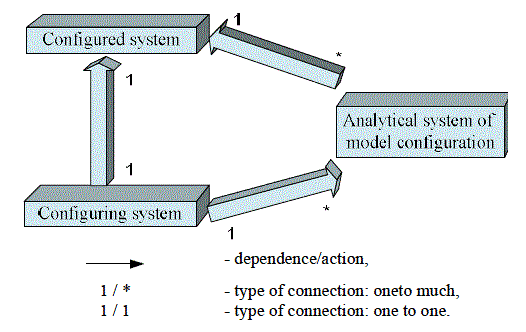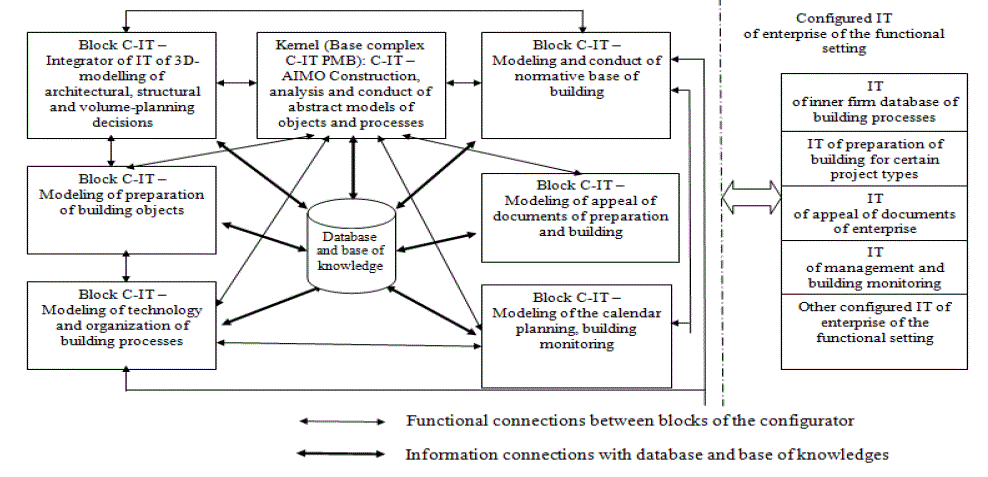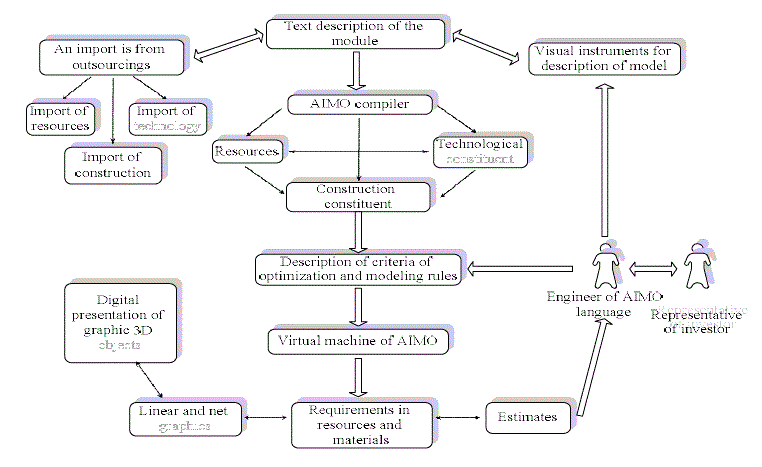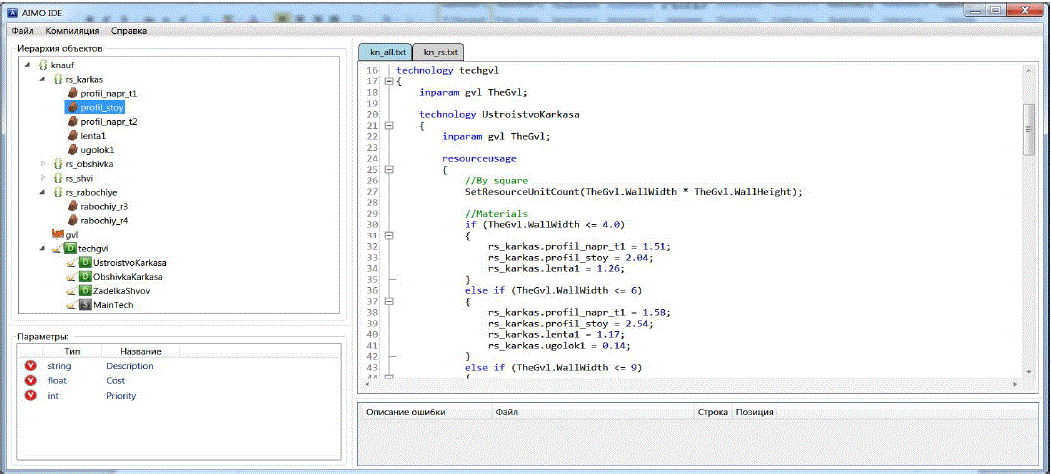Keywords
|
| Android, Control LAN, GPRS, LAN Monitoring, Server, Wi-Fi |
INTRODUCTION
|
| In general, networks are form by connecting multiple computers through the LAN. To control and monitor the activities of network form the admin office is very easy job but what? If the admin is not in the admin office. In that case how do you going to control and monitor the network? Instead of depend on any third person for the information about the network we developing the new android application through which we can easily monitor the network. The communication between particular client and the admin is achieved through a central monitoring server, our goal is to develop an integrated software application that will help network admin to remotely monitor network through android phone. The communication between the client and the android phones is done through the server. |
| Till now there are many techniques for monitoring network from remote place. LAN monitoring using SMS based system is one of them. But there are many disadvantages of monitoring network using SMS based system so to overcome these disadvantages we are implementing new system on android platform with GPRS or Wi-Fi. These may be cost of SMS is high. So we are going to implement new idea in our system is we are developing it on android platform. In this application the android phone is connected to the server using Wi-Fi or GPRS server will take action on respective client. So it is convenient to monitor the network using android phone. This application is more reliable and easy to communicate [1]. |
RELATED WORK
|
| In [1] monitor the network from our device i.e. phone from anywhere. You have LAN setup at your office. Sitting in the admin office you want to monitor the LAN status. You can do by using your android phone. In [3] the authors present the process to access the computer with the help of android phone. This process is related to VNC architecture. So we can extend this in our system. In this we must install VNC server on our computer connected with Wi-Fi network. In [5] authors present that we can connect android phone to the PC via IP address and port. So we can use functions of PC in android phone. In [4] authors presents they can enlist the process to access the desktop using android phone. This is based on VNC so user can access and manipulate the remote computer through a VNC viewer. Android phone can connect with PC through Wi-Fi. |
EXISTING SYSTEM
|
| A. GSM Based System |
| In [1] this system it control and monitor network by sending messages from anywhere from outside the server room. In this system Admin sends his request through SMS using his cell phone via GSM modem to the control monitoring server. Server then identifies the client machine and do the work according to the request and sends response back to the admin. Server sends command to the client. In this system the communication between server and admin is done through the GSM service provider .Clients are controlled by admin through the SMS. |
| From above block diagram admin sends SMS to the server through GSM modem. In SMS there is mobile number of users, client name and operation to be performed is mentioned. The client identified by server after receiving the SMS by the server. The incoming message is parsed and specified operation is performed on the identified client and the server response is given back in same manner. |
| But there are many drawbacks of GSM based system. Cost of SMS is high, and in some situation failure of the GSM modem may happen in GSM based system. So this system is not convenient and useful for user. |
| Another we can monitor the network via email. It provides more information about the network to the admin on their email account, when admin is out of office. In the internet, email services are mostly used by internet users but remote monitoring of networks through email is also not useful. There are many disadvantages of this system also. So we are implementing solution for this. We are developing android based LAN monitoring system.ype your text into it. |
PROBLEM DEFINITION
|
| In previous system Admin sends his request via SMS with the help of phone through GSM modem to the LAN server. Then server find the client machine which admin is to be monitor. Via the GSM service provider the communication is done with the GSM modem which communicates with the server and the server communicates with the client. But such system fails when there is no any SMS service available or low balance. |
| Nowadays the administrator is performing more than one task at a time, so he should control the server from his remote place and hence we are proposing a system to monitor and control the network using android phone. So we can implement an application in Android system to monitor the network provided that GPRS or Wi-Fi is enabled. |
PROPOSED SYSTEM
|
| A. Android Based System |
| Objectives:- We are going to proposed a system in which the idea of network monitoring through the Android Phone is presented. |
| The main purpose of the system is to obtain maximum information about the network to admin on the Android Phone, whenever the admin is not present in the server room. In this system we are going to use number of protocols to control the network. These are as follows: |
| 1) Simple Network Management Protocol (SNMP): It is standard protocol for managing devices on IP networks. The following devices support the SNMP protocol these are as follows. Routers, Switches, servers, workstations, printer and more. SNMP protocol operates in the 7 layer of OSI model that is Application layer. It receives request at UDP port 161 and the response is sent back to the port 162. |
| 2) Session Initiation Protocol (SIP): It is used in the application to easily set we the incoming and outgoing voice calls without having transport level communication. All the features controlled by the GSM based system and email based system are also controlled by the android phone system very conveniently because the android phone system provide the very good user interface to carry out operations. It improves the speed of the operation and save many times which is required for login in email to used system. Command typing time also saved in this system. Where use in this system we can perform operation just by starting the application. |
| There are many reason of developing new android phone based system these are. In SMS based we cannot ensure the delivery of SMS. Also cost of SMS is high. |
| Features of Android Based System and Advantages of system: |
| We can use system to monitor large networks like university, colleges, offices etc. we can develop same application for I phone and blackberry also. |
| Features: |
| • Client list- we can get list of client logged in at any time. Can keep track of status of every client at anytime. |
| • Process list- we can obtain the list of processes running in machine. |
| • Activate process- we can start different processes on server or client machine. |
| • Kill processes- we can kill the unwanted processes. |
| • Scheduling-by using scheduling we can stop the processes according to the priorities. |
| • Data recovery- we can recover the lost data during the processes. |
| B. System Connectivity |
| All clients of the network (LAN) will update its status (which processes are going on) time to time and it will be stored on the LAN server part of the server. |
| Whenever the administrator ask for a any kind of the android server for the result if the it contains the solution then the result will be sent back to the administrator if it does not contains solution then it will check in LAN server for solution if present then it will be transferred to the server and then return back to the android connection and if in case LAN server also does not contain solution the it will find answer on client machine and it will be return back to the LAN server. |
PSEUDO ALGORITHM
|
| A. ENCRYPTION ALGORITHM |
| We are using SHA1 algorithm for password encryption/decryption. |
| SHA stands for "Secure Hash Algorithm". SHA-1 is the most widely used of the existing SHA hash functions, and is employed in several widely used applications and protocols. SHA-1 is the most widely used of the existing SHA hash functions, and is employed in several widely used applications and protocols.[9] |
| Note 1: All variables are unsigned 32 bits and wrap modulo 232 when calculating. |
| Note 2: All constants in this pseudo code are in big endian. Within each word, the most significant byte is stored in the leftmost byte position |
| Initialize variables: |
| h0 = 0x67452301 |
| h1 = 0xEFCDAB89 |
| h2 = 0x98BADCFE |
| h3 = 0x10325476 |
| h4 = 0xC3D2E1F0 |
| Pre-processing: |
| append the bit '1' to the message i.e. by adding 0x80 if characters are 8 bits. |
| append 0 ≤ k < 512 bits '0', thus the resulting message length (in bits) is congruent to 448 (mod 512) |
| append length of message (before pre-processing), in bits, as 64-bit big-endian integer. |
| Process the message in successive 512-bit chunks: |
| break message into 512-bit chunks |
| for each chunk |
| break chunk into sixteen 32-bit big-endian words w[i], 0 ≤ i ≤ 15 |
| Extend the sixteen 32-bit words into eighty 32-bit words: |
| for i from 16 to 79 |
| w[i] = (w[i-3] xor w[i-8] xor w[i-14] xor w[i-16] leftrotate 1 |
| Initialize hash value for this chunk: |
| a = h0 |
| b = h1 |
| c = h2 |
| d = h3 |
| e = h4 |
| Main loop:[34] |
| for i from 0 to 79 |
| if 0 ≤ i ≤ 19 then |
| f = (b and c) or ((not b) and d) |
| k = 0x5A827999 |
| else if 20 ≤ i ≤ 39 |
| f = b xor c xor d |
| k = 0x6ED9EBA1 |
| else if 40 ≤ i ≤ 59 |
| f = (b and c) or (b and d) or (c and d) |
| k = 0x8F1BBCDC |
| else if 60 ≤ i ≤ 79 |
| f = b xor c xor d |
| k = 0xCA62C1D6 |
| temp = (a leftrotate 5) + f + e + k + w[i] |
| e = d |
| d = c |
| c = b leftrotate 30 |
| b = a |
| a = temp |
| Add this chunk's hash to result so far: |
| h0 = h0 + a |
| h1 = h1 + b |
| h2 = h2 + c |
| h3 = h3 + d |
| h4 = h4 + e |
| Produce the final hash value (big-endian) as a 160 bit number: |
| hh = (h0 leftshift 128) or (h1 leftshift 96) or (h2 leftshift 64) or (h3 leftshift 32) or h4 |
MATHEMATICAL MODEL
|
| Let s be the set |
| S={C, S, A, Ap, P, F, M} |
| Where, |
| C is a set of clients – viz C1, C2, C3............. Cn belongs to C. |
| S is the server machine which is responsible for getting clients process information via Apache Tomcat server. |
| A is the administrator of the system who have control of server machine S. |
| Ap is the third party client device managed by the administrator for functions like as follows- |
| P is the set of processes – P1, P2, P3...........Pn belongs to P. |
| F is a set of files – F1, F2, F3............Fn belongs to F. |
| Operations- |
| Process list |
| Process pl= Demon tool(client machine, all processes ) |
| Db=add pl(pl,cid) |
| f=Create file on client(cid,fname,path,contents) |
| [Y/N]=Kill process(cid,process name,pid) |
| M=Create message(cid,M) |
| Authentication on Android |
| [Y/N] =Login(Password’,uid) |
| pass’=SHA1(pass) |
CONCLUSION AND FUTURE WORK
|
| From this paper we have concluded that the GSM based system is not convenient for user. We have done the detailed survey of the SMS based system and from that information we developing Android based system for LAN monitoring. |
| The Android based LAN monitoring system is very convenient and secure. The android system gives detail information of the network whenever administrator is away from the server room just by stating application using WIFI or GPRS. |
| |
Figures at a glance
|
 |
 |
 |
 |
| Figure 1 |
Figure 2 |
Figure 3 |
Figure 4 |
|
| |
References
|
- Prof. C. S. Nimodia, Prof. S. S. Asole, “A Survey on Network Monitoring and Administration Using Email and Android Phone”, International Journal of Emerging Technology and Advanced Engineering (ISSN 2250-2459, ISO 9001:2008 Certified Journal, Volume 3, Issue 4, April 2013)
- Ha-Young Ko, Jae-Hyeok Lee, Jong-Ok Kim, “Implementation and Evaluation of Fast Mobile VNC Systems”, IEEE Transactions on Consumer Electronics, Vol. 58, No. 4, 2012.
- Jaya Bharathi chintalapati, Srinivasa Rao T.Y.S, “Remote computer access through Android mobiles”, IJCSI International Journal of Computer Science Issues, Vol. 9, Issue 5, No 3, September 2012
- Archana Jadhav, Vipul Oswal, Sagar Madane, Harshal Zope, Vishal Hatmode “VNC ARCHITECTURE BASED REMOTE DESKTOP ACCESS THROUGH ANDROID MOBILE PHONES”, International Journal of Advanced Research in Computer and Communication Engineering, Vol. 1, Issue 2, April 2012
- Dr. Khanna SamratVivekanand Omprakash, “Concept of Remote controlling PC with Smartphone Inputs from remote place with internet”, International Journal of Advanced Research in Computer Science and Software Engineering, Volume 2, Issue 1, January 2012.
- Zhang Juan, "The design of intertranslation dictionary software of online access and desktop access",Electric Information and Control Engineering (ICEICE), 2011,International Conference, 15-17 April 2011.
- Jinwook C., Sooyoung Y., Heekyong P., and Jonghoon C, “MobileMed: A PDA-based mobile clinical information system”, IEEE Trans. on Information Technology in Biomedicine, vol. 10, no.3, July 2006.
- B. Woodward, R. S. H. Istepanian, and C. I. Richards, “Design of a telemedicine system using a mobile telephone”, IEEE Trans. On Information Technology in Biomedicine, vol.5, no. 1, pp. 13–15, March. 2001.
- http://en.wikipedia.org/wiki/Secure_Hash_Algorithm
- http://en.wikipedia.org/wiki/SHA-1
|